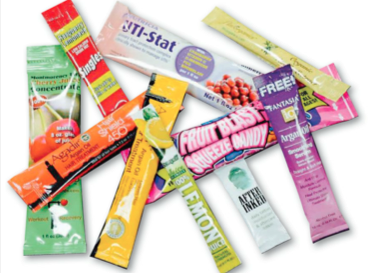
It may have taken over 15 years but stick packs have now become an accepted and desired form of packaging for single-dose applications of products.
Stick packs provide a user-friendly application of single-serve products in an attractive tamper-evident package.
They’re great for products you need to travel with or have available with you all the times.
It’s fairly common in the course of a day to experience the convenience of a product filled in stick pack.
Your first cup of coffee today may have been made using a stick pack containing Starbucks VIA instant coffee. When you got to the mall, someone may have handed you a sample of skin moisturizing lotion in a stick pack as you passed thier kiosk.
You may have proceeded to the nutrition store to purchase some nutritional supplements and were pleased to see that these products were now being sold in stick packs.
At your next stop, while picking up some hair and personal care products, you may have helped yourself to some free samples of Agadir hair treatments and After inked tattoo moisturizer packaged in stick packs.
On the way to your car, you purchased a bottle of water and procceeded to open a stick pack of rasperry lemonade singles to pour into it.
You may have then proceeded to the drug store where you purchased a box of your favorite migraine cure, which contained eigth stick packs of sublinngual pain medicine.
Upon arriving home, you may have treated yourself to a hot cup of tea with lemon juice from a stick pack you just opened.
Whether it is sugar or sweeteners, flavored drink concentrates, over-the-counter drugs or samples of new cosmetics or personal care products, stick packs are now established in the market place.

And they’re here to stay. As you may know, stick packs originated in Japan and became hottest trends in unit-dose flexible packaging.
The availability of stick packs to meet growing markets has been made possible by state-of-the-art equipment, a diversified supply chain of flexible structures and contract packagers providing increased filling capacity.
Faster machines ami improved printed structures have allowed fillers to provide the stick pack as an economic single-serve solution and a more environmentally friendly option than alternative packaging.
Along the lines of the latter eco-friendly point, stick packs require, less material to fabricate than rigid alternatives, thereby requiring fewer shipments of product and taking up less space in landfills after hey're discarded.
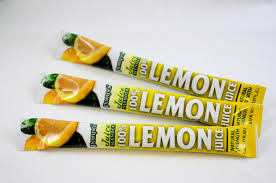
[ add comment ] ( 221 views ) | permalink |




 ( 3 / 509 )
( 3 / 509 )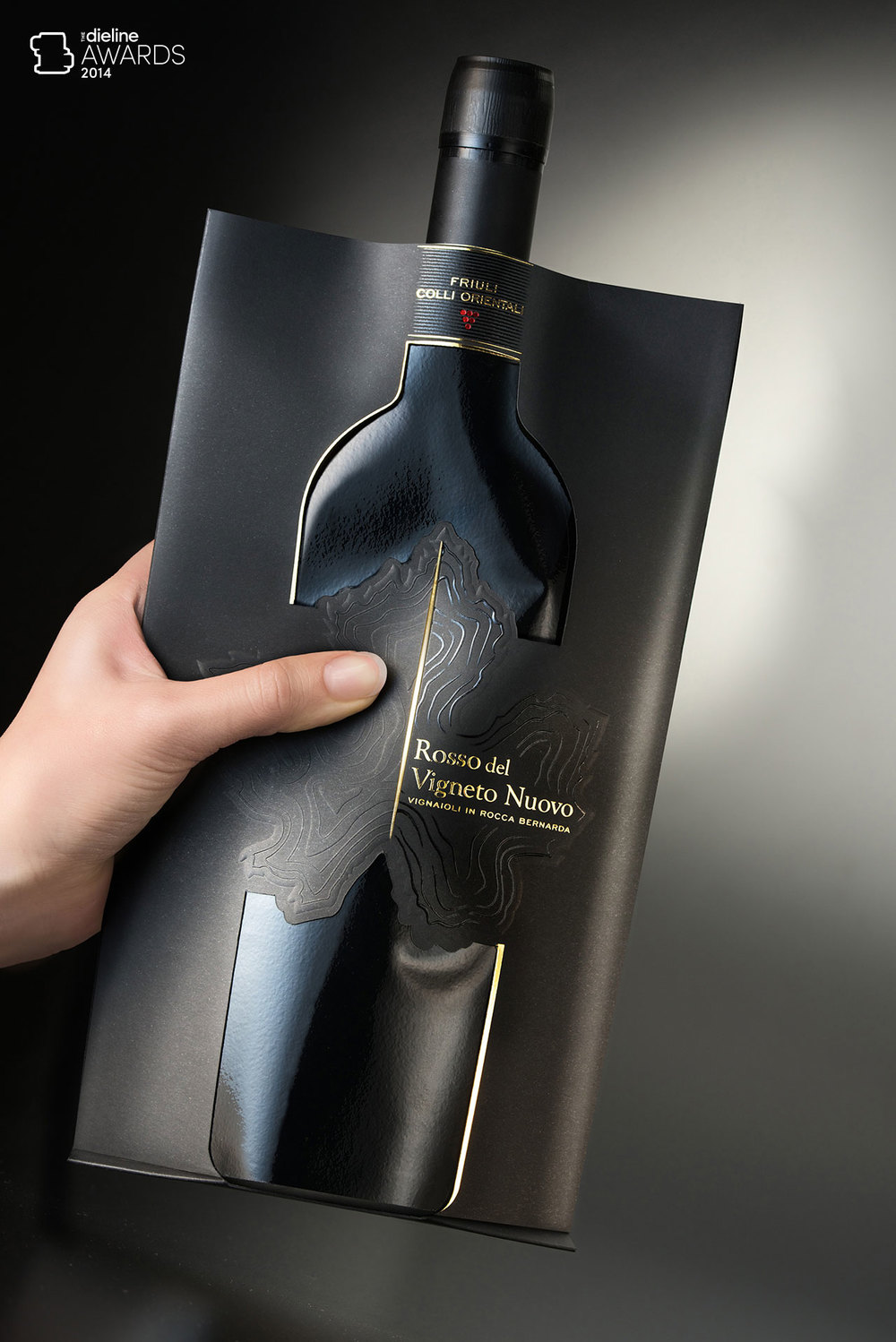
"The challenge: how to overcome the negative image of wine sold in pouches or as a 'bag in a box', which is often synonymous with poor quality?
This was the question has to answer by the creative agency REVERSE Innovation in order to develop a structural pack that appeals to a demanding but conventional audience.
The result is a truly innovative design that cleverly and elegantly reinterprets the classic 'Bordeaux' bottle by means of an intriguing play of solid areas and empty spaces, emphasized by the contrasting opaque and gloss surfaces of the materials used.
The crucial importance of the geographical origin of the grape and the concept of terroir is enhanced by the use of blind embossing and UV varnish to reproduce the distinctive terracing of the vineyard.
The naturally irregular but almost concentric patterns recall the rows of vines growing on softly undulating slopes. The illustration of the vineyard location even uses the specific shape of the local vine leaf, which is characteristic of this splendid wine-producing area.
A new vineyard, a new blend, and a pioneering approach to a very traditional sector of packaging. It’s the first step of an alternative journey of discovery and innovation."
Wine Pouch (R)evolution has won The Dieline, Fab Awards, A’ Design Award, How Design Awards and Good Design from Chicago Athenaeum Museum.
[ add comment ] ( 166 views ) | permalink |




 ( 3.1 / 1974 )
( 3.1 / 1974 )Will Flexible Packaging Become Treasure or Remain Trash?
Edit by Elizabeth McGowan

Since 2008, a TerraCycle brigade has collected 234 million-plus juice pouches that have taken on second lives as plastic lumber, park benches, picnic tables, watering cans and flower pots.
While remarkable, it’s just a drop in the proverbial recycling bin in a country that sips, chews and cleans its way through 80 billion single-material and multi-layer pouches annually, according to an April 2014 report by the Freedonia Research Group.
Most all of it—a laminated hodgepodge of plastics and aluminum—goes directly into the rubbish can. Thus, it’s little wonder that zero-waste and circular-economy champions deplore the disconnect between pouch designers and confounded materials recovery facilities (MRFs).
Is it possible to move the recycling needle on lightweight packaging that’s touted for extending products’ shelf life and reducing carbon emissions on the shipping front?
In a word yes. But not everybody deploys the same tactics or strategies.
For instance, Trenton, N.J.-based TerraCycle, which began in 2001 as a company that packaged organic fertilizer in used soda bottles, sets a green example by partnering with major brands globally to repurpose hard-to-recycle items.
“Our target audience is consumers,” Rick Zultner, the company’s process engineering manager, tells Waste360 in an interview. “We’re trying to make a big push on the social component so people understand our environment and that materials that can be recycled should be. Our goal is better consumer education and engagement.”
By offering rewards to families, schools and other organizations, TerraCycle collects about 3 percent of the U.S. drink pouches. Those are mixed with other similar waste—snack bags, baby food and detergent pouches, and candy bar and granola bar wrappers—then shredded, washed and transformed into plastic pellets. It takes nearly 4,000 pouches to create a large park bench.
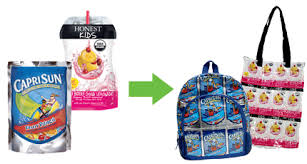
Novelis, the world’s largest aluminum recycler, opted to stop providing feedstock the industry that creates converter foil, that very thin layer of aluminum in mixed-material box packaging.
“We’re gradually withdrawing because it doesn’t fit into our business strategy or our way of thinking,” says John Gardner, the company’s chief sustainability officer based in Atlanta. “We took a hard look at our product portfolio and decided to focus on making products that are easily recycled and that can incorporate recycled materials. We want to focus on what actually is recycled, not what can be recycled in theory.”
That streamlining prompted Novelis to sell off three European aluminum foil and packaging plants in the summer of 2012.
On the West Coast, As You Sow prods the flexible packaging industry by buying shares in publicly traded companies and then forcing progress via shareholder resolutions.
“This is our mode of social change,” says Conrad MacKerron, senior vice president of As You Sow. “As owners, we can get access to senior management. Engaging company ownership is a powerful tool.”
For example, the Oakland-based nonprofit has convinced Colgate-Palmolive to make its packaging for three of four product categories—all but toothpaste—completely recyclable by 2020. Likewise, Procter & Gamble has agreed that 90 percent of its packaging will be recyclable by 2020.
As You Sow is pressuring Kraft Foods Group, manufacturer of the ubiquitous Capri Sun juice pouches, to switch its packaging from a foil/plastic laminate to readily available recyclable plastic, glass, paper or aluminum. MacKerron points out that Honest Kids juice drinks soon will be dispensed in recyclable aseptic cartons.
“There has been an explosion of flexible packaging, and we can see why companies are charging down that road,” MacKerron says. “But these materials have enormous value and we’re wasting them. Why would you throw aluminum away?”
When it comes to market material share, flexible packaging (19 percent) is second only to corrugated cardboard (23 percent), according to 2012 statistics As You Sow compiled in a joint report with the Natural Resources Defense Council.
Solid waste issues shouldn’t be relegated to second-tier status because they can be linked to front-burner concerns such as global warming, MacKerron says.
Companies that introduce packaging that doesn’t synch with existing recycling systems, he continues, should be tasked with creating a market that gives MRFs a reuse outlet.
“Like any business decision, it comes down to economics,” says Zultner, emphasizing that TerraCycle is subsidized to recycle flexible packaging and other orphan products.
Change starts with awareness of a problem, he says. The value of recyclable flexible packaging will be recognized only if stewardship-minded forces—consumers, legislators or corporations—put a price on it.
In the meantime, TerraCycle spokesman Albe Zakes is aware that 97 percent of this country’s juice pouches are not being recycled.
But think about this, he says. It took four decades to reach a 30 percent recycling rate with No. 1 and 2 plastics.
“With flexible packaging,” Zakes says, “we very much recognize that there’s a long, long, long, long, long way to go.”
[ add comment ] ( 144 views ) | permalink |




 ( 2.9 / 2032 )
( 2.9 / 2032 )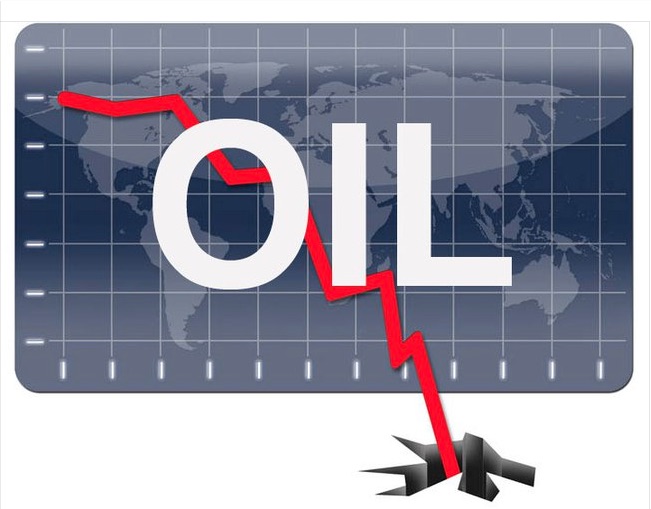
Interview to to Jeff Timm packaging business consultant focus on rigid and adhesives.
There seems to be a lot of volatility in the resins markets recently. Is ft at unusual levels?
There always is a great deal of volatility and I don't think it's unusually high right now.
I think the biggest change-not necessarily this minute but in the future-is an increasing amount of raw material coming from shale oil or gas.
This hasn't filtered down to the plastics industry yet, in part because there aren't yet enough lines to get it from the extraction sites.
A lot of companies are building new capacity in the Gulf for the first time in years because of cheap raw materials.
Remember, resins are a global business so this will also impact Europe, which has no real resin capacity.
It will get killed by shale oil boom.
They won't be competitive because they can't get oil and gas as cheap.
It is a real disadvantage for them and Asia, as well.
What time frame are you talking about?
We're looking at the next three to five years.
Producers are extracting shale oil and gas today but distribution routes are not set so only a few can take advantage of it downstream.
Prices remain high because there's no motivation to sell at a lower price.
The usual motivation to cutting prices is to increase sales, but there isn't more product to sell right now.
When things get loose and capacity builds up we'll see some changes.
That should begin in about three years when capacity and processing capabilities start to match the ready supply.
A lot of big players see (his scenario. Chinese oil and gas producers have started tracking in some regions.
What other impacts will shale-based feedstocks have?
The shale oil boom is a deterrent to developing bioplastics as an option.
After all, the cheaper the so-called "regular" stuff is, the harder' it is to think about alternatives.
Another factor right now is supply. NatureWorks pretty much owns the market for PLA (polylactic acid) right now and absent additional sources, companies will hesitate to sign up.
What is the future of bioplastics?
Adoption of bioplastics is moving forward, but at a glacial pace.
In Europe there are calls for government assistance to make the market more attractive to investors.
Sort of like our government did initially with tax breaks and other subsidies to create ethanol.
But in the end the future depends on the fickle consumer.
If consumers are willing to pay more for sustainability then there will be a market for bioplastics. I wonder if that desire will form, though.
A lot of people talk about environmental consciousness.
They say "yes" in surveys when asked about whether the environment is important to them, but only 40% take action, for instance, by recycling. It doesn't match up.
Packaging suppliers can stress sustainability all they want, but if the public doesn't care it doesn't matter.
This is exacerbated because oil-based products are getting cheaper.
Biobased materials will as well, but I still think there's a wide deità between bio and regular products.
Does your analysis apply globally?
Not necessarily.
The Europeans are way ahead of us in North America in taking environmental concerns seriously.
Look at the big debate over so-called oxo-biodegradable products. All kinds pf academics, EU agencies and industry groups are weighing in to determine whether it's real or not. Hopefully it will be finalized this year.
Even organizations like the SPE (Society of Plastics Engineers) and the SPI (Society of the Plastics Industry) reject many of the manufacturers' claims. Oxo- biodegradability makes the product dissolve when exposed to air.
It doesn't eliminate it-it just turns it into tiny little dust stuff. True degradability means it would turn into carbon dioxide and water and disappear.
How do you see the fight over banning plastic carrier bags corning out?
After all, they are one of the most visible and used plastic containers out there.
The bag battle is an example of how the plastics industry did a terrible job of being an advocate over the years. It argues plastic bags and other packaging can be recycled, but the industry has only paid lip service to helping in that recycling.
It just didn't do anything to help recycling.
Bag recycling is very difficult, more so than rigid.
Many municipal systems that take rigid plastic won't take bags. In my area and some others, people can take bags to a grocery store for recycling.
That puts the onus on the individual and not everyone is eco-conscious so most bags end up in trash.
Also you have to have somebody to buy recycled materials.
Without a market it's a loser no matter who does it.
In general, most companies still don't design packaging for recycling.
I don't see any excuse today to make a package that can't be recycled.
There are ample material and design choices in any format.
I still think we need a national recycling program.
Today, every municipality in U.S. can set up their own rules and requirements.
It's too disorganized and confusing.
I'm not a big fan of government doing everything, but a national program would make it easier for manufacturers to sign up.
Source : Packaging Strategies , December 2014
[ add comment ] ( 73 views ) | permalink |




 ( 2.9 / 2115 )
( 2.9 / 2115 )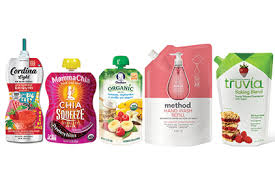
Big packaging ideas are born out of three small words: A better way.
When developing new solutions in the packaging world, we need to ask ourselves, "Is there, a better way?”
Flexible packaging has exploded in recent years, and for good reasons:
- Lower distribution costs
- Accessibility of customizable solutions
- Less waste.
But, we've also seen a "'sea of sameness" at retail, particularly evident in the spouted pouch category. Baby food, motor oil, hand soap all have the same format but not the same consumer interaction.
The spout offers consumers several benefits, but we asked ourselves, "Is there a better way to combine flexible and rigid structures?”
Earlier this year, a new format called BLENDERPAK was launched.
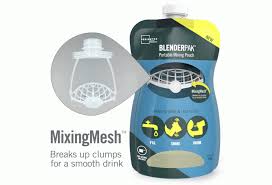
The format of the pouch is designed to increase new usage occasions away from home and invite more users to powder drink mix categories, such as protein powders, fruit, drinks, nutraceuticals, meal replacement shakes or fiber supplements.
BLENDERPAK is a single-serve pouch with a rigid fitment inside that acts both as a gripping strut ture and mixing ball.
The pouch is pre-filled with one serving of powder, so the consumer only needs to fill the pouch with water and shake.
The patented “MixingMesh” technology helps break up the clumps of powder and deliver a smooth beverage.
Throughout the development of BLENDERPAK, we worked with consumers who regularly use powder in the concept and final design verification phases.
Sixty-six percent of consumers of powder mixes use it away from home at least four times a week.
Their feedback was clear, this new formar will help them rake their powdered products on the go more easily and because it is convenient, they would use it more often and in more places, thus increasing product consumption and sales.
During die development of this pouch format, consumers revealed live elements ideal for taking powder on the go:
1. Make it Portable
2. Break up the Clumps
3. Cold and Fresh When I Want it
4. No Cleanup
5. Eliminale the Scoop
1. Make it Portable
With 80 percent of protein users drinking their powder at home, and 66 percent currently using it away from home four time a week, the powder industry is losing out on new usage occasions. People who want it on the go don't have an accessible way to use it.
For consumers and brands, it's a lose-lose situation.
One consumer offered insight: "I've craved it [when away from home], but I don't take it with me. So I just skipped it."
The direct-to-mouth trend in packaging has taken off in baby food and is finding its way towards adults, strongly evident in the adult beverage industry with the rise of portable wine and cocktails.
Consumers reacted favorably towards the idea of drinking from a pouch and the new usage occasions it would invite: "I could throw [BlenderPak] in my laptop bag, I'd probably drink [my powder] more. I'd have this as an afternoon snack every day”.
2. Break up the Clumps
When it comes to powder drink mixes, one thing is clear - there's nothing worse than a clumpy drink.
Some users get around this by making their beverage in a blender, which prohibits them from using the product on the go, while many others use a shaker bottle to help mix up the powder.
Clumping powder is a problem that users face both at home and away from home, and is a key insight that led to the development of the unique MixingMesh technology inside of BLENDERPAK.
While there are many on-the-go beverage pouches on the market today, BLENDERPAK is the first with mixing and gripping technology.
Another consumer savs, "I like the plastic mesh lo help stop it from being gritty and to mix it up really well.
The cage gives me something to hold on to, kind of like a cup."
"I like that it has the built-in shaker, because it's easy for me to just go.
This would only take a couple seconds, versus what I have to do takes a couple minutes.
Anything that's simple and easy to use is perfect and it goes with me.”
3. Cold and Fresh When I Want it
While ready-to-drink protein drinks may appear to be a solution, many consumers prefer to stick to the powder product for taste reasons.
The ready-to-drink needs to be kept cold, whereas BLENDERPAK can be freshly mixed with cold water.
Consumers said they liked BLENDERPAK because it wouldn’t spoil and could be easily stored in places like the car, gym bag, or the office unlike many ready-to-drink alternatives.
“ I could leave some of these in my car.
I'm not worried about it going had. This is great because you're not going to miss that meal.
You can grab it and it's easy. You're not making a mess and it's quick," says another consumer.
"You can have some in your car and in your gym bag. that way you always have it with you. It doesn't matter if they get hot or cold and all you have to do is add water, it makes it easy to make better choices, rather than to have a shaker bottle and have to measure [the powder] out.”
4. No Cleanup
There were two leading complaints when it came to cleaning up after powder. First, the scoop gets lost in the jug and consumers having to dig in the powder to find il, meanwhile a cloud of powder has settled on their kitchen countertop.
More insight from the tester: "The. scoop is always in the powder so I always have to reach in and shake it off.
The powder always gets everywhere."
The second pain deals with the shaker bottle.
Some consumers use a traditional shaker bottle sold at most nutrition or vitamin stores.
Many complained the bottle is difficult to wash and said they would use a disposable pouch away from home.
Additional test group comments included, "The biggest pain with the bottle is that if you don't wash them out right away - they stink."
"Having something that's disposable is something that would be convenient in certain circumstances. I don't always work out near my home or I am coming back to my home."
BLENDERPAK is a single-use no-cleanup solution and requires no extra cups, glasses, bottles, or spoons.
We live in an on-the-go society, and a no-mess, no-cleanup solution appeals to many consumers who are active outside the home.
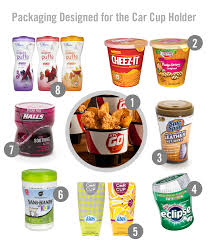
5. Eliminate the Scoop
Most powdered products are available in bulk-size canisters with the scoop is buried inside. The canisters are too large to use away from home, so many consumers resort to transporting portions of powder in a plastic bag or tupperware.
"It's just more dishes and more stuff. It's two extra containers that I'm carrying around every day. It's a 10 second step but when you're doing it every single morning, that's the biggest pain."
BLENDERPAK is pre-filled with one serving of powder already inside, so there's no scooping and no measuring needed.
"The biggest pain is packing it up to go. Either you're taking it in a baggie or a plastic container to put it in. It's inconvenient to get everything prepared."
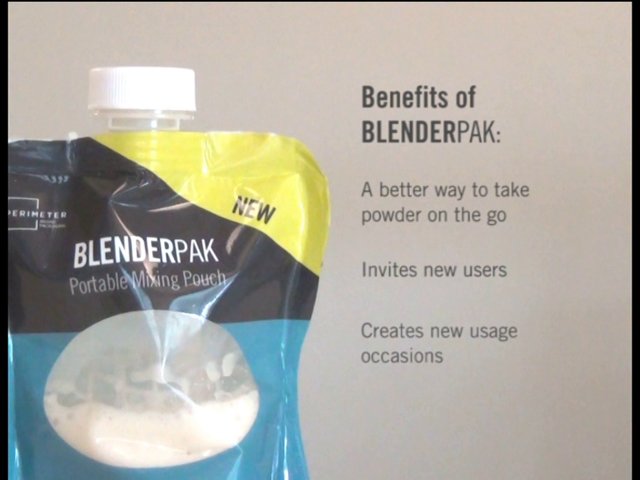
A Better Way
By talking to powder drink mix users about their on-the-go lifestyle we were able to discuss common problems, like clumpy and messy powder. We were also able to dive deeper into other problems, such as why ready-to-drink isn't a suitable replacement, the freshness factor, and discovering the opportunities for new usage occasions at work and in the car.
Ultimately, consumers told us that convenience is king. We look forward to consumer reactions to BLENDER to see if, in fact, we've delivered a better way.
Source : Flexible Packaging Magazine
Edit by Steve Callahan
[ add comment ] ( 79 views ) | permalink |




 ( 3.1 / 2098 )
( 3.1 / 2098 )

 Calendar
Calendar